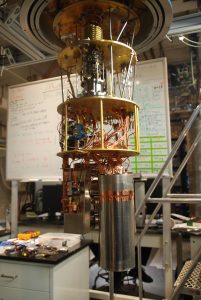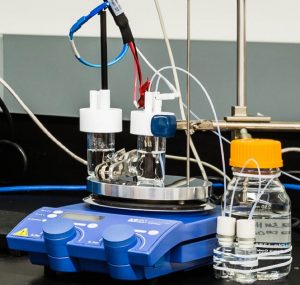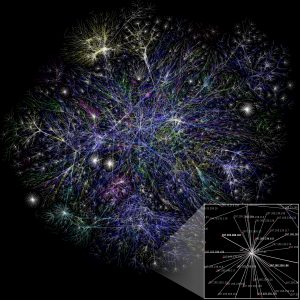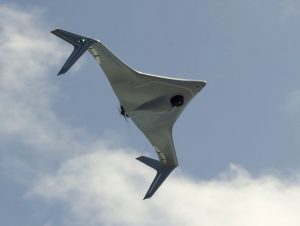
The Sound of Qubits: How Acoustics and Qubits Will Contribute to the Next Computing Revolution
Quantum computing is harnessing the power of quantum mechanics to achieve computational feats once thought impossible. In the Schoelkopf Lab at the Yale Quantum Institute, the effort to experimentally design a quantum computer is moving quickly, and a recent finding shows promise in coupling qubits to sound waves.










